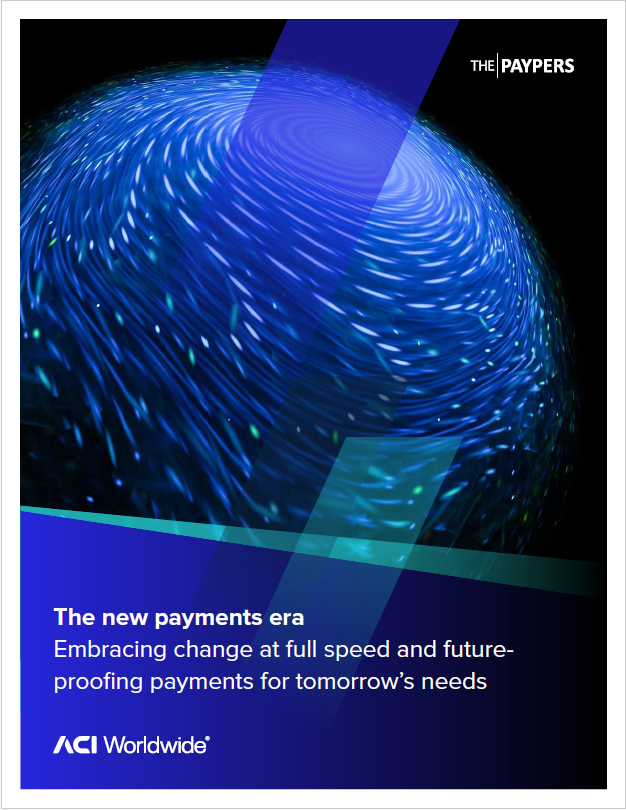In today’s fast-paced payments environment, banks, merchants, billers, payment service providers, and other financial institutions face significant challenges related to fraud prevention, risk management, and regulatory compliance. As digital transactions increasingly dominate the marketplace and consumer expectations continue to evolve, it is essential to future-proof your payment infrastructures to maintain competitiveness.
What are the top challenges facing the payments industry?
In “The new payments era: Embracing change at full speed and future-proofing payments for tomorrow’s needs,” ACI Worldwide and The Paypers research reveals that consumer demands are not the only thing impacting how we do business:
- Rising fraud threats: With the surge in real-time payments and digital transactions, fraudsters are becoming more sophisticated, leveraging technology like artificial intelligence to exploit vulnerabilities. Authorized Push Payment (APP) scams and synthetic identity fraud are on the rise, putting immense pressure on financial institutions to enhance their fraud detection and prevention mechanisms.
- Compliance complexities: Regulatory frameworks are continually evolving to keep pace with technological advancements. Compliance with standards such as Payment Service Directive 3 (PSD3) and ISO 20022 is essential, but navigating these regulations can be complex and costly. Organizations must ensure their systems are adaptable to meet these ever-changing requirements.
- Operational risks: Legacy systems may not meet modern payment and real-time processing demands, leading to inefficiencies and a greater risk of service disruptions that can harm customer trust and reputation.
Redefining a payments hub is not just an upgrade of older systems, it’s a fundamental rethinking of how payments should be processed, monitored, and delivered in a digital-first world. Learn more.
How can I future-proof my payments infrastructure?
Understanding the challenges facing risk managers and compliance officers is just the first step in the payments modernization process. Now we will walk you through five strategies you can use to empower your teams to do more by reducing inefficiencies and maximizing collaboration opportunities:
- Invest in AI-Powered fraud prevention: Implementing AI and machine learning tools can significantly enhance your ability to detect and prevent fraud in real-time. These technologies analyze transaction patterns and identify anomalies, allowing for swift intervention before fraudulent activities can cause harm.
- Embrace modular, cloud-based solutions: Transitioning to cloud-native, modular payment platforms can provide the scalability and flexibility needed to adapt to new technologies and regulations. This approach allows for seamless integration with new payment methods and partners, ensuring your infrastructure remains resilient.
- Enhance compliance and monitoring systems: Centralized compliance and monitoring platforms streamline the application of controls across all payment types by adopting industry standards and ensuring end-to-end traceability. Simplify audits and reduce the risk of non-compliance.
- Encourage cross-sector collaboration: Financial institutions, merchants, and regulators should coordinate to strengthen anti-fraud efforts. Sharing information and best practices enables better risk detection and prevention strategies.
- Focus on customer experience: As you modernize your infrastructure, keep customer experience at the forefront. Simplifying authentication processes and offering real-time visibility into transactions can enhance customer satisfaction and loyalty.
Conclusion
The future of payments is now defined by rapid technological advancements and increasingly complex regulatory requirements. By proactively addressing fraud, risk, and compliance challenges and investing in innovative, scalable infrastructure, businesses can not only protect themselves against potential threats but also seize new growth opportunities.




